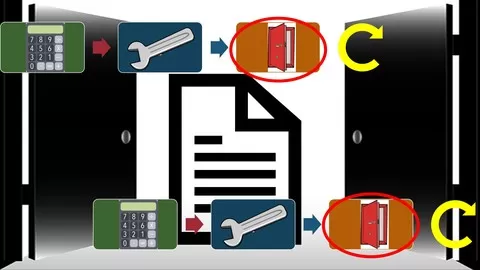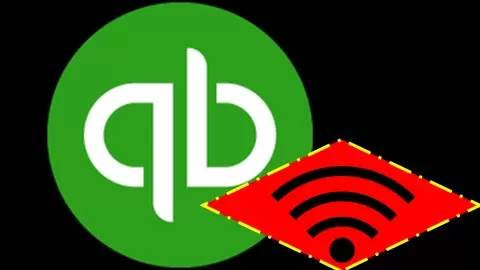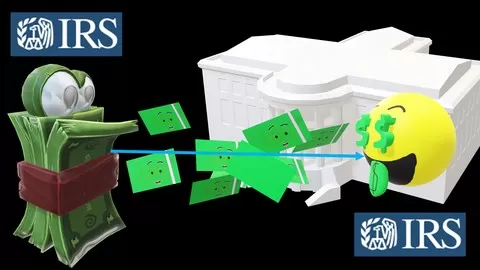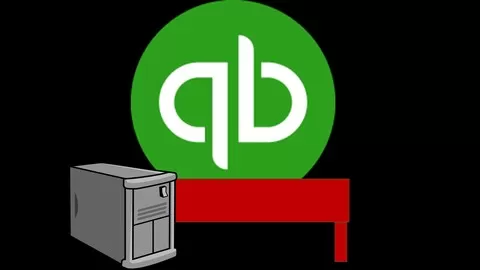The financial accounting closing process is the final step inthe accounting cycle. We will learn why the closing process in needed and beable to perform the closing process multiple ways.
In addition to instructionalvideo, this course will include downloadable
• DownloadablePDF Files
• ExcelPractice Files
• MultipleChoice Practice Questions
• ShortCalculation Practice Questions
• DiscussionQuestions
The PDF files allow us todownload reference information we can use offline and as a guide to help uswork through the material.
Excel practice files will bepreformatted so that we can focus on the adjusting process and learning some ofthe basics of Excel, like addition, subtraction, and cell relationships.
Multiple choice example questionhelps us improve our test-taking skills by reducing the information into thesize and format of multiple choice questions and discussing how to approachthese questions.
Short calculation questions helpus reduce problems that have some calculation down to a short format that couldbe used in multiple choice questions.
Discussion Question will providean opportunity to discuss these topics with the instructor and other students,a process many students find very helpful because it allows us to see the topicfrom different viewpoints.
Who will we be learning from?
You will be learning fromsomebody who has technical experience in accounting concepts and in accountingsoftware like QuickBooks, as well as experience teaching and putting togethercurriculum.
You will be learning fromsomebody who is a:
• CPA –Certified Public Accountant
• CGMA –Chartered Global Management Accountant
• Master ofScience in Taxation
• CPS –Certifies Post-Secondary Instructor
• CurriculumDevelopment Export
As a practicing CPA theinstructor has worked with many technical accounting issues and helped workthrough them and discuss them with clients of all levels.
As a CPS and professor, theinstructor has taught many accounting classes and worked with many students inthe fields of accounting, business, and business applications.
The instructor also has a lot ofexperience designing courses and learning how students learn best and how tohelp students achieve their objectives. Experience designing technical courseshas also benefit in being able to design a course in a logical fashion and dealwith problems related to technical topics and the use of software likeQuickBooks Pro.
The topic will be the financialaccounting closing process.
As indicated by the title, the closing process takes place atthe end of the accounting cycle. The main event of the accounting cycle is thefinancial statements. Once we have completed the financial statements we needto get ready for the next accounting period, get ready with the closingprocess.
The closing process will zero out temporary accounts including incomestatement accounts of revenue and expenses and the draws or dividends account.
We can perform the closing process multiple ways. We willconsider the closing process from three perspectives. Each perspective has prosand cons and the repetition of each method as well as performing the closingprocess from multiple angles will provide a solid understanding of the concepts.
Understanding the closing process helps understand the conceptof temporary accounts and permanent accounts, which helps us understand the relationshipof the financial statements and how to read them.
Please join us for Financial Accounting, Adjusting Entries &Financial Statements.
It will be great.
CPE Continuing Professional Education
Learning Objectives
1. List the components of the accounting cycle and identify where the closing process fits into it.
2. Explain the objectives of the closing process.
3. Describe the impact of the closing process on the balance sheet.
4. Discuss the impact of the closing process on the income statement.
5. Define temporary and permanent accounts.
6. List temporary and permanent accounts.
7. Explain how the closing process impacts temporary and permanent accounts.
8. Define a post-closing trial balance.
9. List the differences between a post-closing trial balance and an adjusted trial balance.
10. Explain how the closing process can be done in one step.
11. List the steps of a two-step closing process and explain how each step is done.
12. List the steps of a four-step closing process and explain how each step is done.
For additional information, including refunds and complaints, please see Udemy Terms of Use, which is linked from the footer of this page.
For more information regarding administrative policies, please contact our support using the Help and Support link at the bottom of this page.
Accounting & Financial Ratio Analysis made easy. Learn important accounting skills that will get your foot in the door!
4.6
★★★★★ 4.6/5
56,612 students











